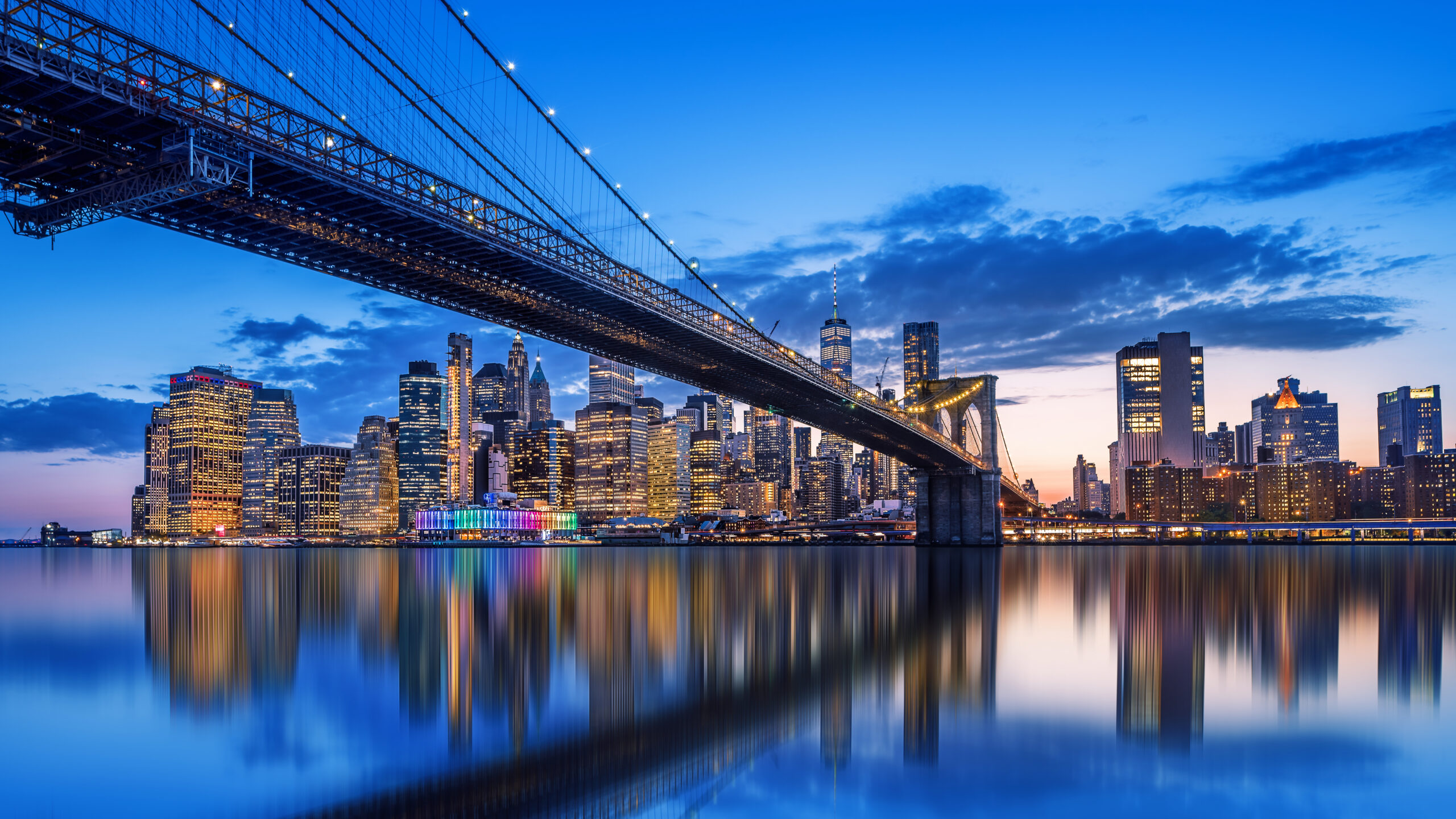A Moving Window on Brooklyn
People always ask me, “Don’t you get bored driving trains all day?” My answer is always the same: never. When you operate a train, you’re not just watching signals and tracks — you’re watching a city change in real time.
I’ve been with the MTA for over a decade now, and I’ve spent most of that time running trains through Brooklyn — my home borough. I was born and raised near Avenue X in Middletown, so this place means a lot to me. And while the subway might seem like a world of tunnels and darkness, for those of us who work it every day, it’s also a front-row seat to the way neighborhoods grow, shift, and sometimes disappear altogether.
The Brooklyn I Grew Up In
Back when I was a kid, Brooklyn felt a lot smaller, even though it wasn’t. We stayed close to home — your block was your world, and your neighborhood was like an extended family. Coney Island was where we went in the summer. You knew the baker on the corner, the guy who fixed shoes down the street, the neighbor who sat on the stoop and told you when it was time to go home.
The subway back then? Gritty, loud, full of characters. But it was real. You learned how to read the train car like a room — where to sit, when to move, who to avoid. I remember thinking how mysterious train operators seemed behind those locked doors, and now that’s me.
Neighborhoods in Motion
When I started working as a train operator, I noticed right away how neighborhoods were changing. Places that used to be rough around the edges were suddenly full of coffee shops and dog parks. I’d pull into stations like Bedford–Nostrand or Franklin Avenue, and it was like watching a different city grow up on top of the old one.
Williamsburg, Bushwick, Crown Heights — all of them started shifting. Rents went up, old businesses closed, new people moved in. On one hand, I saw buildings getting fixed up, streets getting cleaner. But on the other hand, I saw longtime residents being pushed out. People who had been there for generations were suddenly gone, replaced by folks who didn’t always understand the culture or the community they’d moved into.
Sometimes I hear people on the train talk about “discovering” a neighborhood, and I have to laugh. You’re not discovering anything — people have been living here, loving this place, struggling and thriving here, long before you showed up.
From Inside the Cab
Being in the operator’s seat gives you a unique view — both literally and emotionally. When you pull into a station like Church Avenue or Broadway Junction, and you remember how it looked ten years ago versus now, it hits differently. You don’t just see the buildings or the ads on the platform — you notice who’s getting on and off the train. You notice when families disappear. You notice when schools close and storefronts change.
The subway is like Brooklyn’s bloodstream. If you want to know what’s going on in the borough, ride the train. The train doesn’t lie. It tells you who’s commuting where, what hours people are working, who can still afford to live close to Manhattan and who’s been pushed farther out.
The Good and the Complicated
Now, don’t get me wrong — not all change is bad. I’m glad to see parks getting cleaned up, new libraries opening, better lighting in some stations. It’s great to see more attention on pedestrian safety and public space. I even like some of the new food spots popping up near stations I run through.
But I do think we lose something when old communities are forgotten or displaced. I miss the sound of certain languages I used to hear more often. I miss the family-owned shops that got priced out. I miss seeing the same elders on the platform who used to nod to me every morning. Progress shouldn’t mean erasure.
What I Hope for Brooklyn
I hope Brooklyn finds a way to grow without losing its soul. I hope we can welcome newcomers without pushing out the people who built these neighborhoods. I hope city leaders really listen to the communities most affected by these changes — not just the loudest or wealthiest voices.
And I hope more people take time to learn the history of the places they move into. That they understand they’re joining a story that didn’t begin with them.
As for me, I’ll keep running my routes. I’ll keep watching the borough shift and sway like the train cars I guide every day. And I’ll keep reminding people — especially young folks in my community — that this is their city too. They belong here, no matter how much the skyline or street names change.
Final Thoughts from the Rails
Sometimes, I slow down just a little when the sun is rising over the elevated tracks near Brighton Beach or when I see kids laughing on the platform in Flatbush. Those moments remind me of why I love this job — not just for the trains, but for the people. For the neighborhoods. For Brooklyn.
It’s still home. It’s still real. And it’s still worth fighting for.
